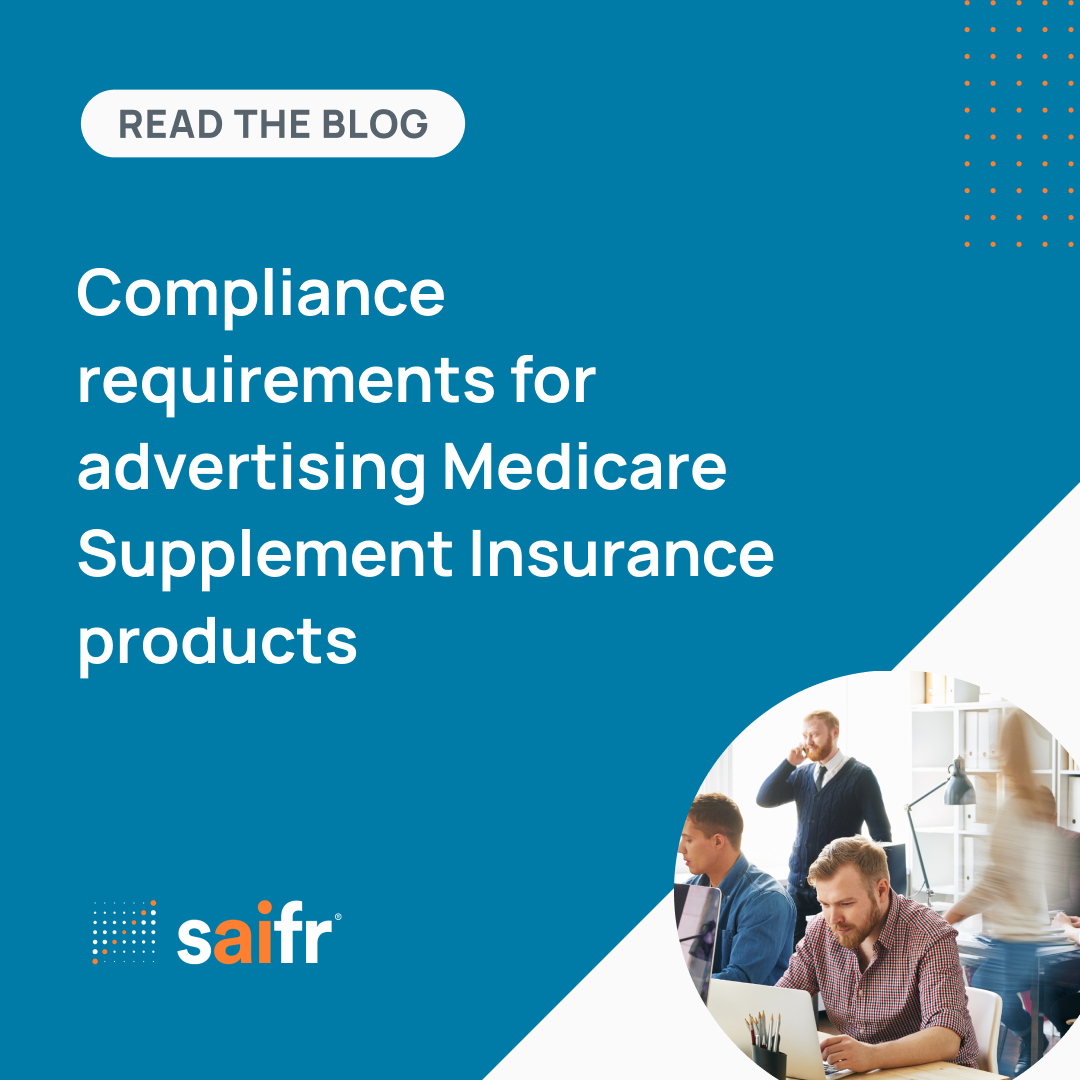During the past quarter, three things stood out to me as worthy of my quarterly summary. First, I noticed more generative AI chatter, followed by FINRA guidance. Anti-money laundering (AML) continues to be a top regulatory focus, resulting in huge fines. And finally, loan misrepresentations are getting center stage for harming retail customers.
Generative AI guidance
More and more firms are testing new ways to successfully use generative AI technology within their business models. Many are using it to help create content faster and more efficiently, and to better target and serve customers. When implementing AI, firms should also consider the challenges of managing the potential resulting risks.
To help with that, FINRA has published two new sections to “FINRA Rule 2210 Interpretive Guidance.” Sections “B.4. Supervising Chatbot Communications” and “D.8. AI Created Communications” should help firms think about and address risks.
The first, “Supervising Chatbot Communications,” addresses how firms should monitor AI-powered chatbots that interact with investors, noting that this content may be subject to FINRA communications rules as correspondence, retail communications, or institutional communications, as applicable.
The second, “AI Created Communications,” explains that firms are responsible for their communications regardless of how they were generated—by human or AI. All communications need to comply with supervisory and recordkeeping requirements as well as content standards under federal securities laws and regulations and FINRA rules.
These two additions clarify that communications need to comply with the same content standards and supervision regardless of the type of technology used. Firms should consider their use of Gen AI with these two additions in mind.
White paper | Considering AI solutions for your business? Ask the right questions.
AML programs under scrutiny
AML continues to be a top regulatory focus, with huge fines and direct impacts to CEOs.
A well-known bank announced that it has set aside $450M to settle regulatory investigations into insufficiencies within its AML and Bank Secrecy Act (BSA) programs.1 The bank is also reportedly under investigation by its Canadian regulator for AML issues and anticipates that its monetary fines may change.
In addition, a former CEO pleaded guilty to violating the BSA by failing to establish AML and KYC programs at the firm. He is facing prison time and a $250,000 fine.
These charges and fines emphasize the critical importance of having strong AML programs and oversight to help ensure your firm adequately supports the BSA and related regulations.
Focus on fee/loan misrepresentation
Fee/loan misrepresentations are taking center stage for harming retail customers and causing major reputational damage.
The Consumer Financial Protection Bureau (CFPB) took several actions against a loan provider and awarded $384M to consumers harmed by an online lender who deceived borrowers into repaying loans they did not owe.
The CFPB also sued an online lending platform for deceiving borrowers about the total cost of loans. The firm was advertising zero-interest loans, or 0% APR loans. However, it used dark patterns, which is a user interface designed to trick customers into paying a fee in the form of a “tip” or “donation.”
The CFPB also acted against a firm for charging illegal advance fees, misrepresenting how fees would be applied, and misleading consumers about their services.
Firms who are in the banking and loan business should be keenly aware of the importance of avoiding deceptive advertising that can harm customers. Any advertising of 0% loans/no fees will be highly scrutinized in a regulatory lens and could have negative reputational impact.
Protecting consumers is regulators’ first priority
The theme this past quarter seems to be that the rules to help safeguard consumers issued by various regulatory bodies need to be followed. Make sure you are familiar with the rules and any guidance provided and then review your practices to help ensure your firm is doing the right thing for consumers and your reputation.
1. Ennis, Dan. “TD sets aside $450M for AML penalties.” Bloomberg, May 1, 2024.
The opinions provided are those of the author and not necessarily those of Fidelity Investments or its affiliates. Fidelity does not assume any duty to update any of the information.
1155070.1.0


-1.png)



